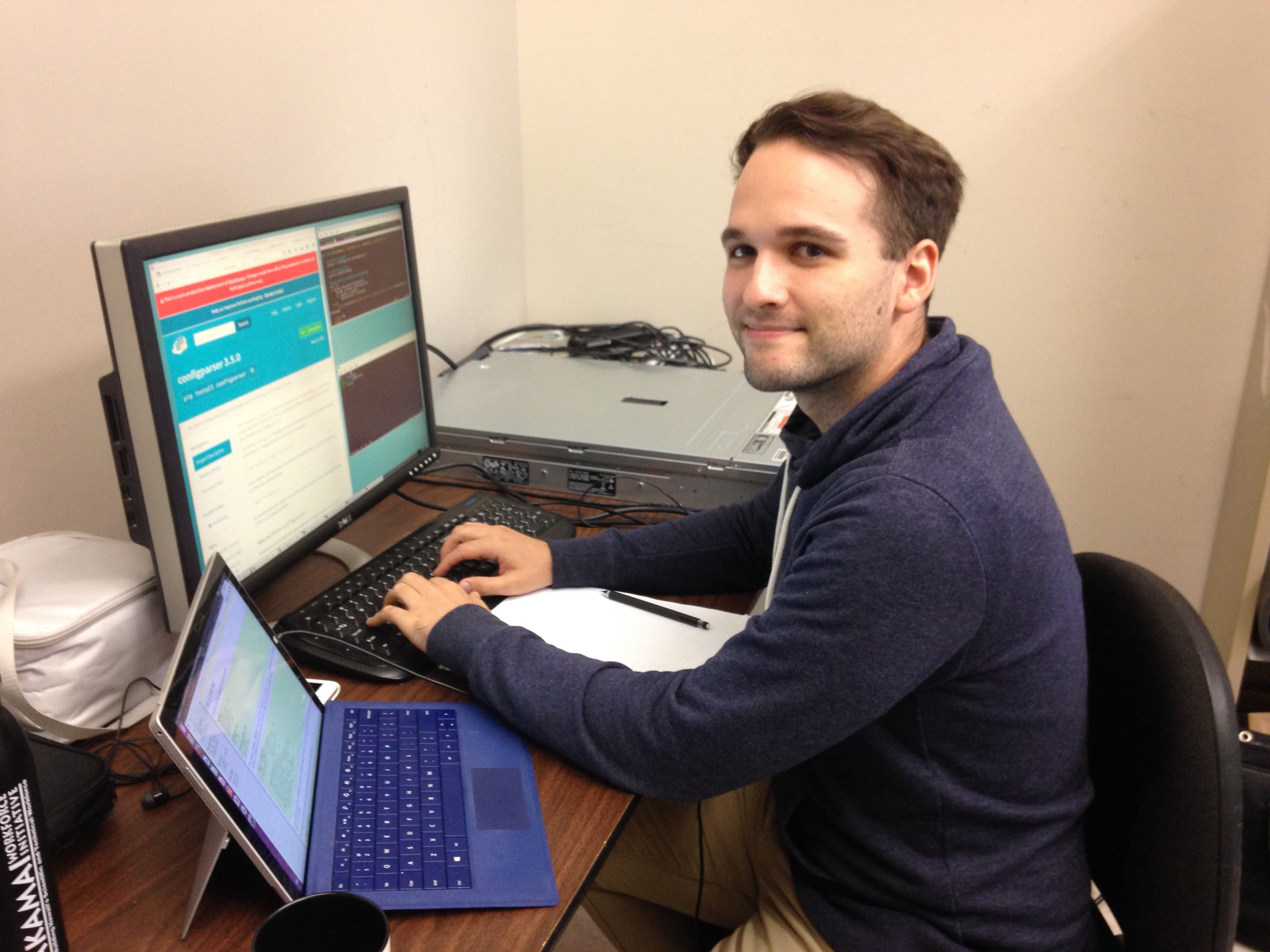
Christopher Roof was born and raised on the Big Island. After finishing his associate’s degree in Information Technology from Hawaii Community College, he will continue his education in Computer Science at the University of Hawaii at Hilo. He is passionate about software programming/engineering, cyber security, and learning new things. He developed an Access database for Royal Hawaiian LLC during his IT program internship and continues to work with them, modifying the database as needed. Although he hasn’t decided yet, he wants to become either a software engineer, database programmer, or an information security specialist. In his free time, Chris enjoys going to the beach, playing video games, and playing the clarinet with the Hawaii County Band.
Home Island: Big Island
High School:
Institution when accepted: Hawaii Community College
Akamai Project: Optimizing the UH 2.2-Meter Telescope Engineering Databases
Project Site: Institute for Astronomy, Hilo
Mentor: Luke McKay
Project Abstract:
The Institute for Astronomy’s 2.2-Meter telescope engineering team has two databases that exhibit suboptimal system performance. One database, “uh88weather,” stores telescope and environmental sensor readings and is written to at a high rate, while the other database, “catalogs,” is a large set of astronomical data which is frequently read from. The existing databases respond to user requests slowly and occasionally time out due to memory overflow. To optimize the performance of these databases, I installed them on a new server with significantly more RAM and CPU cores; by doing so, I could allot more memory to each database in the PostgreSQL configuration file. Using a test query, I found the catalogs database to have an execution time of approximately 18 seconds prior to editing the configuration file. However, changing memory allotment in the file brought execution time consistently to 6 seconds. This creates a noticeable improvement in larger and more complex queries. For the uh88weather database, newly updated scripts will allow for easy maintenance and added sensors. By configuring the databases with optimal memory allocation on more powerful hardware, the engineering team will have much quicker and more desirable performance going forward.